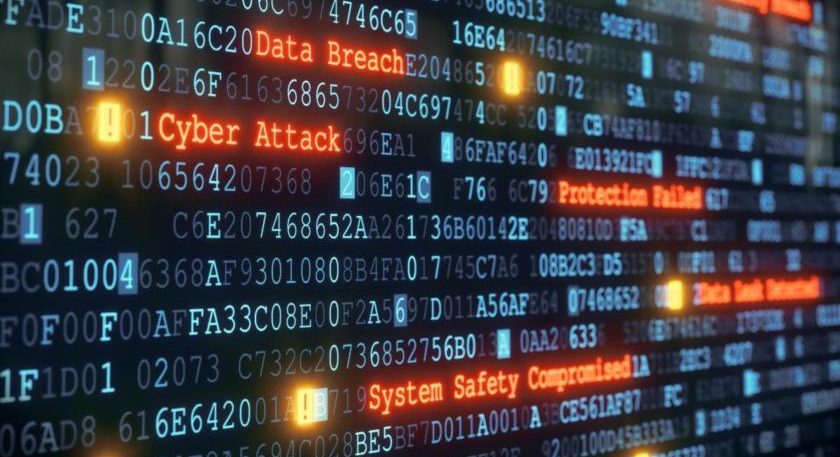CDSA

M&E Journal: Content Security and Disaster Recovery for Broadcasters in the Digital Age
Story Highlights
By Tim Jackson, SVP Sales and Marketing, the Americas, Globecast –
Media companies worldwide are becoming more focused on content security. Content security takes many forms, with cybersecurity architecture and planning being critical to the design for anyone involved in content management, whether it be playout, contribution, linear distribution or OTT.
While cybersecurity related to IP networks is currently getting a lot of well-deserved attention, protection of the traditional linear distribution channels is critical, since these channels still represent the overwhelming majority of revenue generation for television programmers.
Solutions must be extremely scalable, and at the most basic level involve a single server with a loop of “evergreen” content. This type of simple solution is meant to protect the channel from just being in black, but cannot match the program guide or provide for scheduled interstitial materials (advertising and promos). This simple solution can scale up into servers with increasingly refreshed content, which can be managed by either the solution provider or the customer.
At the opposite end of the spectrum, a full mirror of the primary master control operation can be developed in which the program and interstitial elements, playlists, metadata and other required components are identical to the primary playout and operate in a mirrored environment. In addition to full disaster recovery, this also allows the customer to switch between the two sites as needed to insure both are providing the same level of service. In many cases, such designs are also used to accommodate upgrades and maintenance work at one of the facilities.
Disaster recovery design is in the details
The next step following the choice of playout disaster recovery is the transmission protection options. In some cases, the output of the disaster recovery facility can be sent via fiber or IP to the primary uplink platform or directly to distributors, but often a separate protected distribution path is part of the overall disaster recovery design.
A general requirement is that a backup satellite platform be able to utilize the same compression and encryption technology as the primary platform (e.g. DigiCipher or PowerVu). Ideally, a backup path on the same satellite is required, but often another satellite with equivalent penetration into the distribution market is acceptable.
At the high end, and with multiple channels under protection, a separate standalone multiplexer on a dedicated antenna, operating in a standby manner, will serve as backup to the primary uplink facility. This design comes with some costs, however, as assets are assigned to this type of service whether or not it’s actually in operation. With major programmers operating channels that generate significant advertising and subscriber revenue, however, these costs are often a very justified insurance policy.
Often, the disaster recovery feed will be fed by fiber directly to one or more distributors to provide for a separate feed to the primary satellite delivered service. This provides for a completely dual and diverse feed of the channel(s) as an added layer of security for key distributors.
As media companies move toward a cloud and virtualized playout environment, facility-based backups will take on a different form. Companies like Globecast can provide primary and disaster recovery services in a virtualized environment, allowing for geographic diversity for management and monitoring of services via our global media centers in Los Angeles, London and Singapore. This allows for a much more flexible approach to geographic diversity and allows for the management of international and regional networks across different facilities and regions.
While cloud and virtualized playout and distribution for media allows for lower capex and greater flexibility, care must be taken to ensure that the network architecture considers disaster planning and cybersecurity. Accordingly, the entire content security ecosystem (including cybersecurity and disaster recovery) becomes more critical, given that there are many moving pieces, vendors, points where content is accessed and passed, and greater potential points of failure.
Hybrid approach provides peace of mind
As companies embrace a cloud and virtualized architecture, it will become increasingly important to balance this new approach to proven and hardened facility-based disaster recovery solutions. Indeed, a fully hybrid approach to managing content distribution globally will provide programmers with the best combination of cost effectiveness, efficiency and peace-of-mind.
Globecast has provided “traditional” services to the programming and broadcaster community for well over 20 years, and understands that no service disruptions of any kind are acceptable to the broadcasting community.
The evolution from strictly broadcast-style networks (dedicated vide fiber and satellite links) to a hybrid IP environment requires a combined approach to business continuity and security, leveraging expertise in both broadcast networking and engineering and IP and IT networking. It’s critical that customers and providers not move too far to one end of the technology spectrum, as there is too much at risk with high-value television networks to treat them like another IP stream.
There’s no question and no debate that a migration to IP-based networks and services is the natural (and proper) evolution for broadcast networks, but a hybrid approach to the old and the new, and a thoughtful and well-architected approach to content security, cybersecurity and disaster recovery will ensure that uptime is maintained and channels are always available to distributors and viewers.
Globecast is proud to be at the forefront of these initiatives and will continue to work with our customers and partners to insure the most security and highest availability of our products and services to the marketplace.
—-
Click here to translate this article
Click here to download the complete .PDF version of this article
Click here to download the entire Winter 2018 M&E Journal









